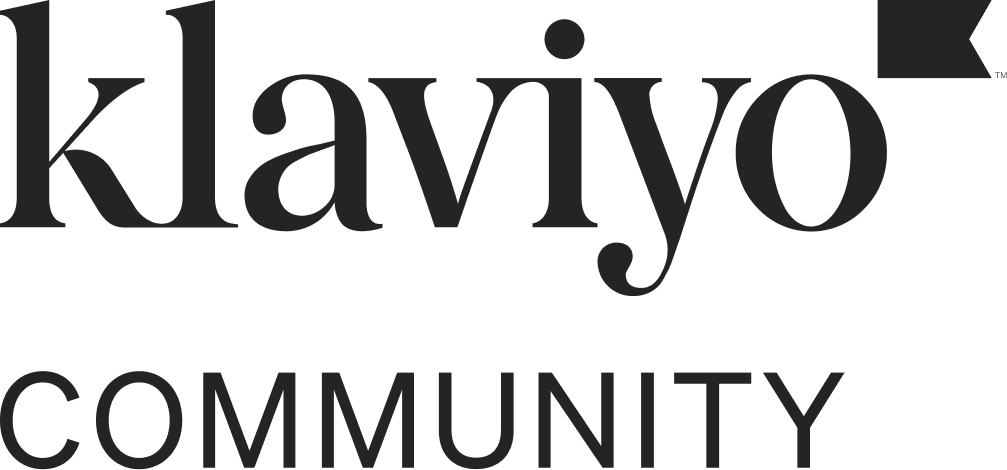Hi everyone,
I’m running a Meta Lead Form that captures email addresses and creates new profiles in Klaviyo. Everything works fine — the contacts are added to our list and we can start sending them flows right away.
The problem is with the “How they found you” field in the profile view. After a user fills out the Meta Lead Form and search us on google the source is displayed as google.com, even though the first touchpoint was the Meta ad.
I’d like the source to stay as Facebook (or “fb”) when the lead originated from the Meta Lead Form, regardless of any subsequent organic search.
A couple of things I’ve noticed:
- When the user submits the lead form, they see a “To the website” button. Clicking that button correctly sets the source to fb (or facebook.com) because the UTM parameters from the ad are still attached.
- If the user instead goes to Google, searches for our brand, and then lands on the site, the source switches to google.com, which overwrites the original Meta attribution.
What I’m looking for:
- Is there a way to lock the source to Facebook/Meta at the moment the lead form is submitted, so that later organic visits don’t overwrite it?
- Does Klaviyo offer a setting that can preserve the original acquisition channel?
- Are there recommended workarounds (e.g., custom UTM handling, hidden fields, or a post‑submission script) that other users have successfully implemented?
Any guidance, screenshots, or step‑by‑step instructions would be greatly appreciated. Thanks in advance for your help!




![[Academy] Deliverability Certificate Forum|alt.badge.img](https://uploads-us-west-2.insided.com/klaviyo-en/attachment/505f2253-cde5-4365-98fd-9d894328b3e0_thumb.png)

